This past Memorial Day, Monday May 25th throughout Harlem’s large historic as well as small and quaint parks, people gathered for picnics, an ice cream cone or just to chill out. Marcus Garvey Park, Harlem River Park, Jackie Robinson Park and Morning Side Park were filled with holiday relaxers.
But at the General Grant National Memorial, a U.S. National Park at 122nd Street and Riverside Drive, Manhattan borough President Gayle Brewer, state senator Bill Perkins and NY assemblyman, Keith L.T. Wright gathered to remember a long forgotten New York piece of history. Freed and enslaved men in New York who comprised the 26th Regiment U.S. Colored Troops (U.S.C.T.) These free and recently formerly enslaved men were remembered for their resistance to slavery, their fight to preserve the union and their assertion of manhood when they were by law considered chattel.
The U.S.C.T. 26th Regiment Reenactors is a group twenty men and young men portraying members of the African American soldiers in addition to women and children dressed in period costumes. They educate the public about the vital role of free and enslaved persons who joined the military and fought prejudice and negative stereotypes about the skills, bravery and constitution of black men to fight and ‘help bind the nations’ woulds’-as Lincoln would eloquently say.
Led by Ludger Balan, the reenactors ‘set up camp’ with period food of canned smoked pork, hard-tack (a very flat biscuit) and a small cask of water along with fresh fruit. Examples of slave iron restraints and educational placards were placed on period make shift tables which gave information on such facts as how many black men enlisted as U.S.C.T. soldiers (over 200,000) as well as little known things such as the role of Asian Americans and Native American soldiers who battled alongside white and black in the Civil War.
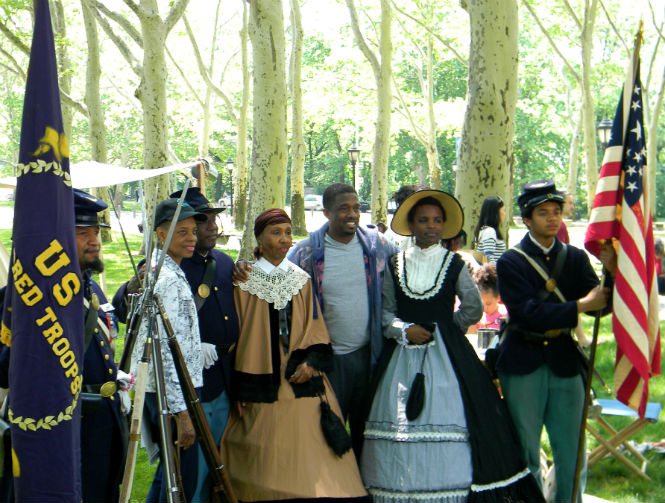
During the event the 26th U.S.C.T. Reenactors performed drills, sang “John Brown’s Body” and “When Johnnie Comes Marching Home Again” in 80 degree weather while wearing boiled wool replica uniforms standing erect and regal on the steps of Grants’ tomb. General Grant is attributed with saving the United States from collapsing. These dedicated amateur actors of young adults, women and children lively portrayed African Americans whose many names we will never know or remember for over 40 minutes as passersby gawked, stopped, applauded and photographed the powerful recreation of something that happened 150 years ago.
“The 26th U.S.C.T. fought in the South Carolina, a slavery entrenched state which was the first state to secede from the Union, and fired the first shot to start America’s bloodiest war to date.” says Balan.
Some of the New Yorkers who belong to the 26th U.S.C.T. are actually descendants of U.S.C.T. soldiers-if not specifically the 26th Regiment than other regiments. “The men of the 26th U.S.C.T.’s, many left their trades and their livelihood, their love ones, left the place they may have known as the place of freedom to fight for freedom and not for themselves.” Balan reminds us of the actual lives of these enlistees who were American born, Native American and of Caribbean birth.
Towards the end of the commemoration, Brewer, presented a New York City citation from her office in honor of the men who fought so fiercely to protect the United States from territorial division to great applause. It was a great day in the park for history!
Ideas on How to Celebrate the Sesquicentennial of the Civil War
If you and a date or you and your family have not celebrated the sesquicentennial commemoration of the Civil War or stopped to remember the sad demise of President Lincoln, the first leader of the U.S. To come to such a violent falling take note-There are a couple of chances to pause and remember this turning part in our nation’s history by attending one or all three of these events this week.
**See the USCT 26th Regiment on June 7th for the “Living History Encampment” at Maple Grove in Queens New York 11am-4pm at ( in Kew Gardens, Lefferts Blv Entrance).
**Or read some of the papers and appreciate the power and persuasive oratory of this simple self-taught plains man from Illinois in the exhibit at the Morgan Library & Museum. Discover a little touted link between Jewish Americans and President Lincoln at the New York Historical Library & Museum.
**“Lincoln Speaks: Words That Transformed a Nation”
The Morgan Library & Museum
225 Madison Avenue at 36th Street, New York, NY
The Morgan is open
Tuesday through Thursday:
10:30 a.m. to 5 p.m.
Friday: 10:30 a.m. to 9 p.m.
Saturday: 10 a.m. to 6 p.m.
Sunday: 11 a.m. to 6 p.m.
**’”Lincoln and the Jews”
March 20th, 2015-June 7th, 2015
New-York Historical Society
170 Central Park West
at Richard Gilder Way (77th Street)
New York, NY
Tuesday-Thursday, Saturday – 10am-6pm
Friday – 10am-8pm
Sunday – 11am-5pm
Monday – CLOSED
PHOTO CREDIT: Sharon Cuff
Become a Harlem Insider!
By submitting this form, you are consenting to receive marketing emails from: . You can revoke your consent to receive emails at any time by using the SafeUnsubscribe® link, found at the bottom of every email. Emails are serviced by Constant Contact


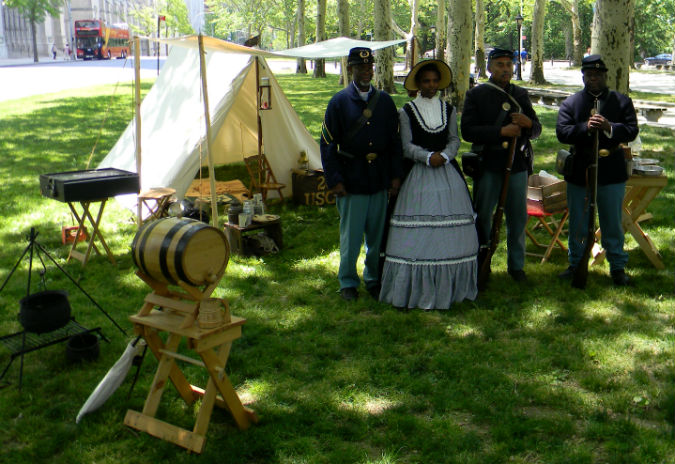


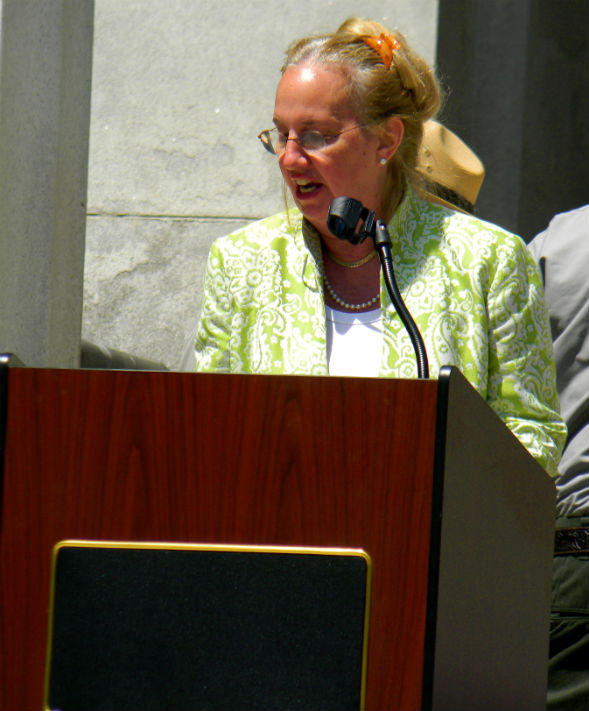
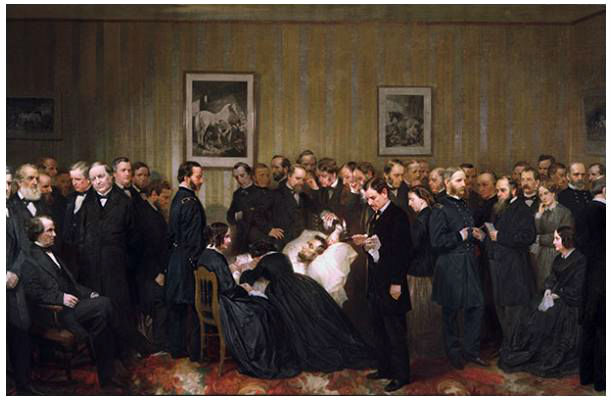
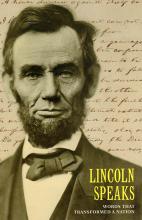







Emerging Harlem
It is both refreshing and affirming to have received such an article!
I was raised in Harlem and have always considered it MY HOME and over the years…more than 50, when I am asked “where I am from or where my accent is from?” I proudly say “I am from Harlem, NYC”
This is no doubt the reason that a dear friend, actually college room mate of the late 60’s, sent this to me. (She is also an author of an African American book on genealogy, which is probably how she came across your publication.)
I am wondering who is behind the scenes of this publication; 2-whether it is going to focus on the glory of Harlem and its the African American (AA) people, who have lived in Harlem since the early 1900’s; or 3-is it being published as a way to show the merging, of what can be easily observed on a trip to Harlem now. A trip that reveals it being overrun with high risers -to expensive for most AA to afford, shops, boutiques, freshly planted trees and flowers and specialized delis. All for the purpose of “squeezing out” families that have called Harlem home for more than a century; while at the same time making it more attractive to entice newer residents.
Upon getting this article initially I was really excited, then as I began to reply to this, it suddenly hit me about what might really be going on here…I began remembering how it makes me feel with each year that I return and how the place I called home was destroyed and a huge project-type condo structure is sitting there in place of it…I remember how it feels to see so many non-AA pushing baby carriages and strolling by and looking so absolutely comfortable, along side street that now have trees, where there were none before.ie, no doubt, gentrification at its optimum.
It seems that the beginning of the end of the Harlem I grew up in started around the late 70’s when my mother and my brother. Philip, were trying to convince me to return home to live upon finishing school. They were thrilled to tell me that Harlem residents could purchase a brownstone (tenement) for a $1.00! Further that a cousin and owner of a famous Funeral Parlor in Harlem, had been designated to was to assist with purchases.
Though seriously intrigued, I was to embroiled in finishing my graduate degree, in California, at the time. However, my brother did make a purchase, but later found out that there were several other “hoops to jump through” before it could be finalized, and was not able to sustain his purchase.
My immediate family members are ALL now just a memory. When I return home each year, to visit family and friends, it is always so bitter-sweet; as I observe the demise of what I fondly remember as home and see the foreboding changes -not just in Harlem, but all over the City, with it being parceled out into areas with strange names that NEVER existed before: Delany, SoHo, NoHo, Murray Hill, Turtle Bay and worst of all -Morningside Heights!! THAT is an area carved OUT of Harlem, where my home used to be. My apartment building was destroyed and replaced and gentrified! So-called Morningside Heights is almost a third of Harlem!!
Going home is not home. Yet, at times both refreshing and disturbing because I see some positive uplift of the community as a whole. I see a new generation coming along and stepping into this new way of life. This includes 3 of my nieces. Yes, they are Philip’s grand daughters, who I view as carrying on our family roots as residents representing the new New York City. Two of which graduated from Columbia University. All three are apparently loving it and thriving in the evolving Harlem, just as I once did.
Onja,
Thank you for sharing your story,
HW